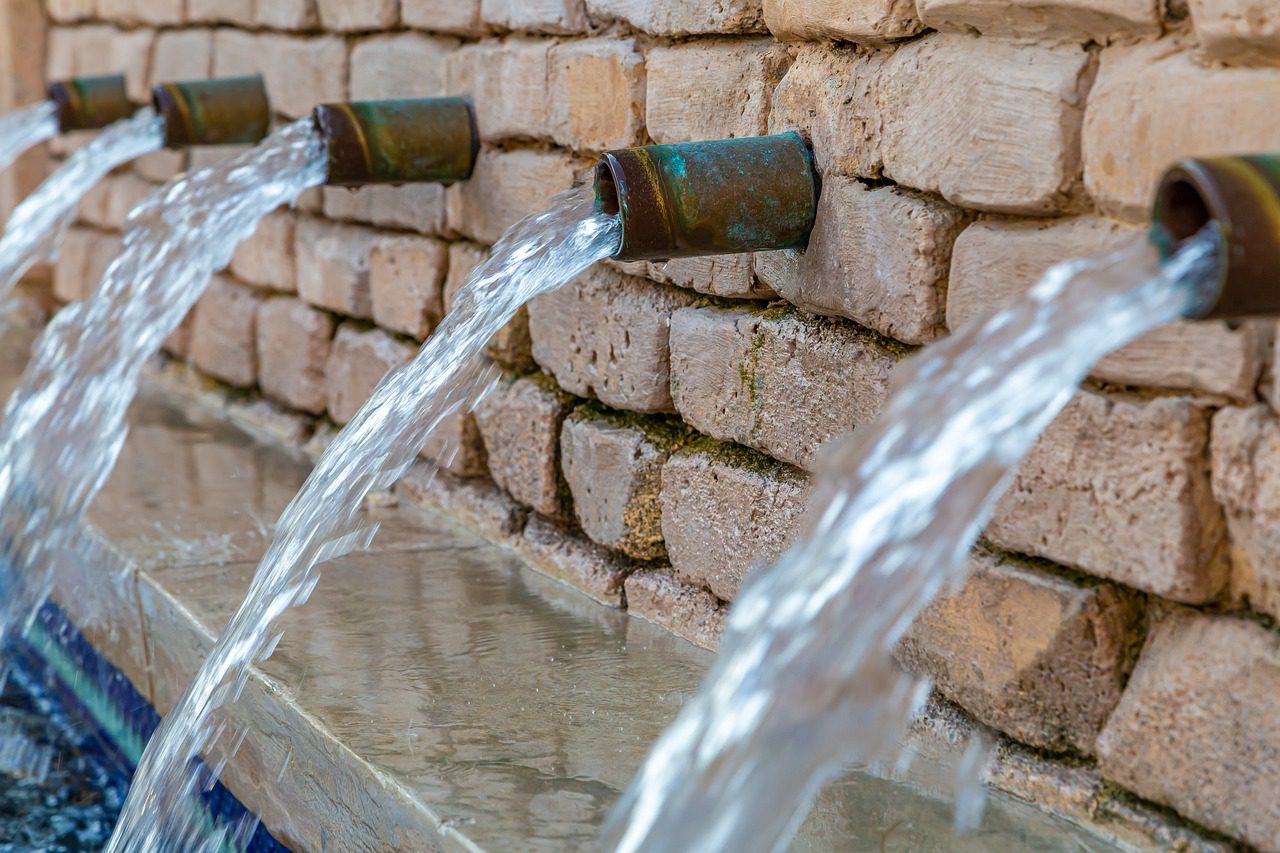The Colorado River is the victim of intense drought in the American southwest, with constant reports about critically low water levels at Lake Mead and Lake Powell. At Lake Mead, which is the largest man-made reservoir in the country, the original water intake valve was visible for the first time since 1971.
The Citizens of Rockdale and Newton Counties, Nevada , reports that “the valve had been in service since 1971 but can no longer draw water, according to the Southern Nevada Water Authority, which is responsible for managing water resources for 2.2 million people in Southern Nevada, including Las Vegas.”
, reports that “the valve had been in service since 1971 but can no longer draw water, according to the Southern Nevada Water Authority, which is responsible for managing water resources for 2.2 million people in Southern Nevada, including Las Vegas.”
Why the Colorado River is important.
“The Colorado River provides water to almost 40 million people in two countries, seven states, 29 federally recognized Indian tribes, and 4 million acres of farmland,” writes NOAA and the National Integrated Drought Information System at drought.gov . “According to a University of Arizona study, the Colorado River supports $1.4 trillion in annual economic activity—equivalent to 1/12th of total U.S. gross domestic product—and 16 million jobs in Arizona, California, Colorado, Nevada, New Mexico, Utah, and Wyoming. Since 2000, historically dry conditions have added stress to the Colorado River’s already over-allocated water resources.”
. “According to a University of Arizona study, the Colorado River supports $1.4 trillion in annual economic activity—equivalent to 1/12th of total U.S. gross domestic product—and 16 million jobs in Arizona, California, Colorado, Nevada, New Mexico, Utah, and Wyoming. Since 2000, historically dry conditions have added stress to the Colorado River’s already over-allocated water resources.”
May 6 a day of public information.
Two Arizona water agencies will update members of the public in a joint presentation on the Colorado River hydrology next week.
Starting at 9 AM on Friday, May 6, the Arizona Department of Water Resources and the Central Arizona Project
and the Central Arizona Project will present information about the Colorado River shortage and delivery expectations for 2023.
will present information about the Colorado River shortage and delivery expectations for 2023.
People can attend in person or virtually. More information and link for online presentation
and link for online presentation (scroll down to the briefings section).
(scroll down to the briefings section).
Also on the 6th, the Colorado Basin River Forecast Center of the National Weather Service will be hosting a Colorado River Basin Water Supply webinar. Register here .
.


Leave a Reply